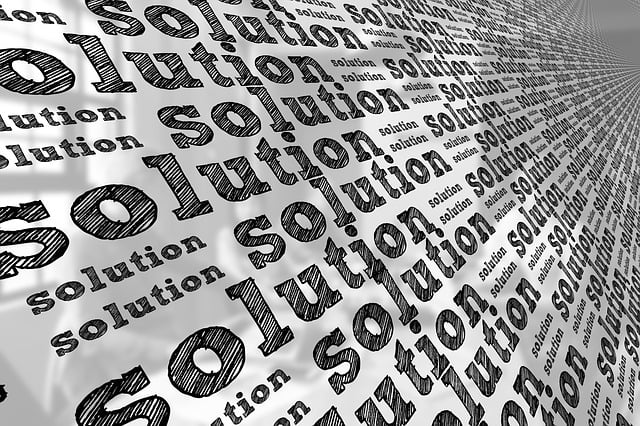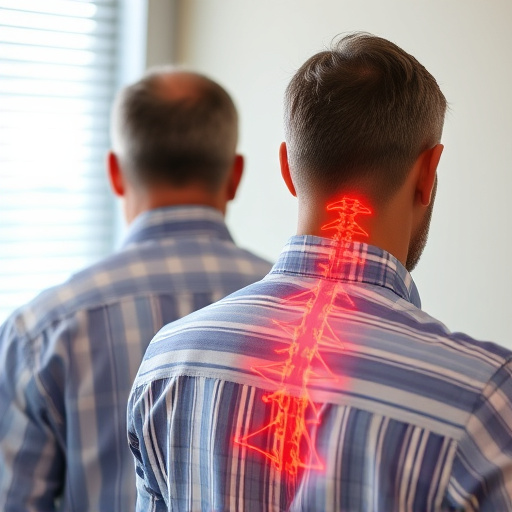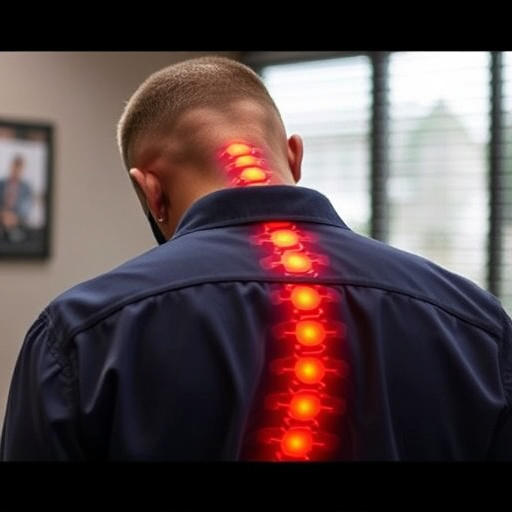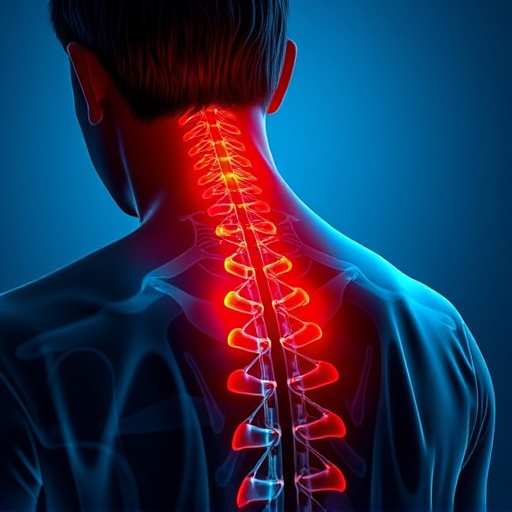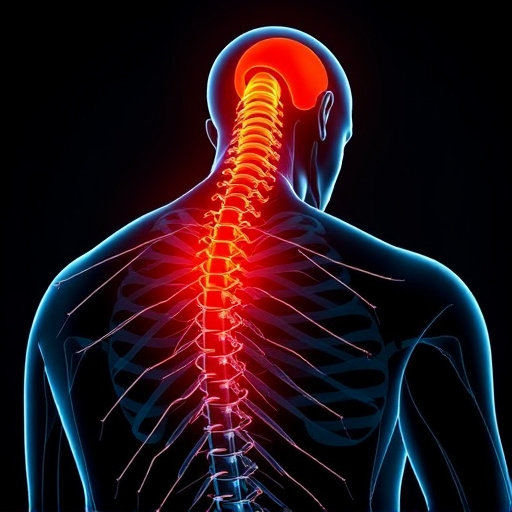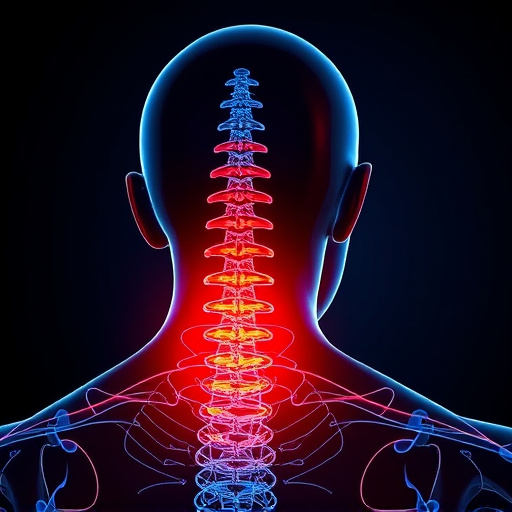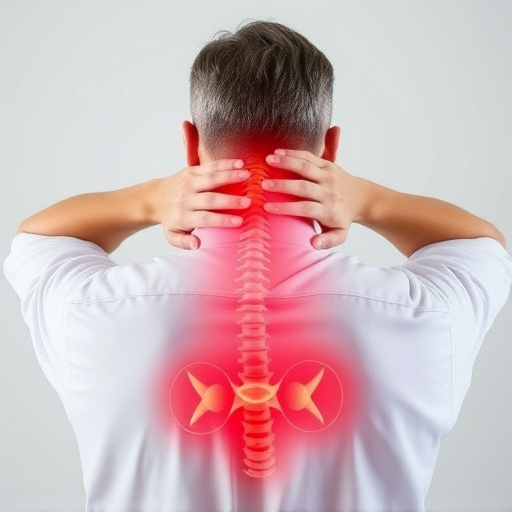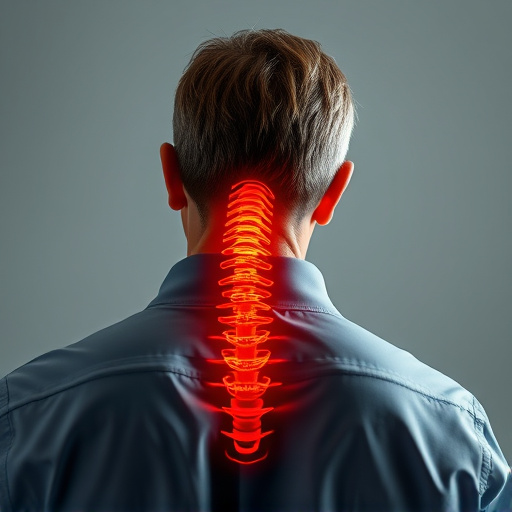Neck and back pain can be effectively managed through a multi-faceted approach. Understanding causes leads to accurate diagnosis, guiding tailored treatments like rest, physical therapy, medication, and procedures for relief. Non-pharmacological methods such as chiropractic care, acupuncture, and physical therapy offer holistic pain relief and long-term management. Advanced interventions like injections and mind-body techniques provide targeted pain control. Adopting a holistic lifestyle with good posture, stretching, diet, stress management, and sleep enhances recovery for lasting neck and back pain relief.
Severe neck and back pain can significantly impact daily life, but advanced techniques offer hope for effective management. This comprehensive guide explores a multi-faceted approach to alleviating chronic pain, ranging from non-pharmacological treatments like acupuncture and exercise to medical interventions such as injections and procedures. Discover the transformative power of physical therapy, mind-body practices, and lifestyle adjustments tailored for lasting neck and back pain relief.
- Understanding Neck and Back Pain: Causes and Diagnosis
- Non-Pharmacological Approaches for Severe Pain Management
- Exploring Medical Interventions: Injections and Procedures
- The Role of Physical Therapy in Pain Relief
- Mind-Body Techniques: A Holistic Approach to Healing
- Lifestyle Modifications for Long-Term Neck and Back Pain Relief
Understanding Neck and Back Pain: Causes and Diagnosis
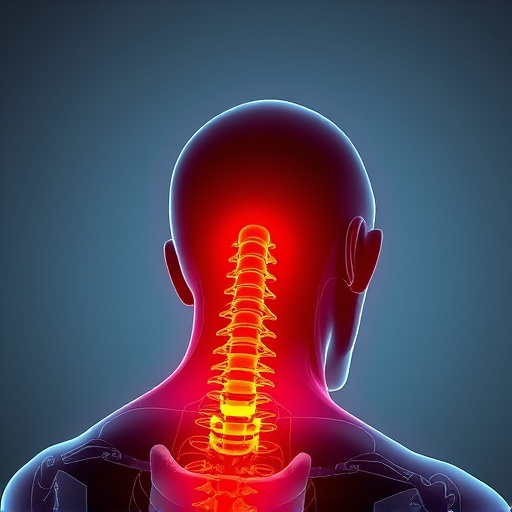
Neck and back pain is a common issue that can significantly impact an individual’s quality of life. Understanding the causes and diagnosis of these conditions is essential for effective management. Neck pain, often stemming from muscle strains, poor posture, or underlying structural issues like herniated discs, can be alleviated through a combination of rest, physical therapy, and over-the-counter pain relievers. For back pain, various factors such as arthritis, spinal stenosis, or muscular injuries may contribute to the discomfort. Diagnosis involves medical history assessment, physical examinations, and imaging tests like X-rays or MRI scans to identify the root cause. Early detection enables healthcare professionals to prescribe tailored treatments, including exercise programs, medication, or interventional procedures for neck and back pain relief.
Non-Pharmacological Approaches for Severe Pain Management
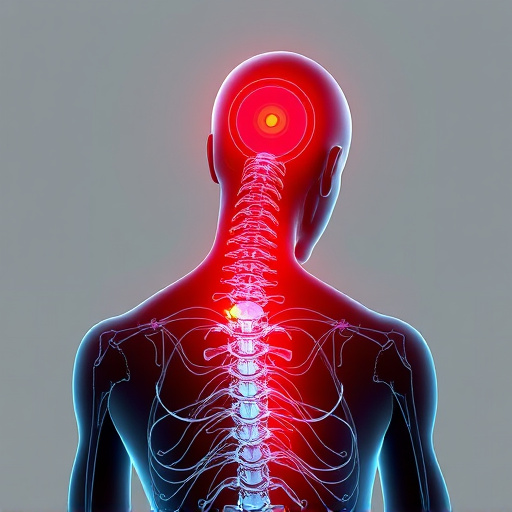
Non-Pharmacological Approaches for Severe Neck and Back Pain Relief offer a multitude of options for managing chronic pain without relying on medications. Techniques such as physical therapy, chiropractic care, and acupuncture have proven effective in alleviating neck and back pain. Physical therapy involves specialized exercises designed to strengthen muscles, improve flexibility, and enhance overall posture, reducing strain on affected areas. Chiropractic adjustments can realign the spine, relieving pressure on nerves and promoting self-healing. Acupuncture, an ancient practice, stimulates specific points in the body to release natural painkillers and reduce inflammation.
These alternative methods not only provide relief but also empower individuals with tools to manage their pain long-term. They offer a holistic approach, addressing the root causes of pain rather than just masking symptoms. Incorporating non-pharmacological techniques into a comprehensive pain management plan can significantly improve quality of life for those suffering from severe neck and back pain.
Exploring Medical Interventions: Injections and Procedures
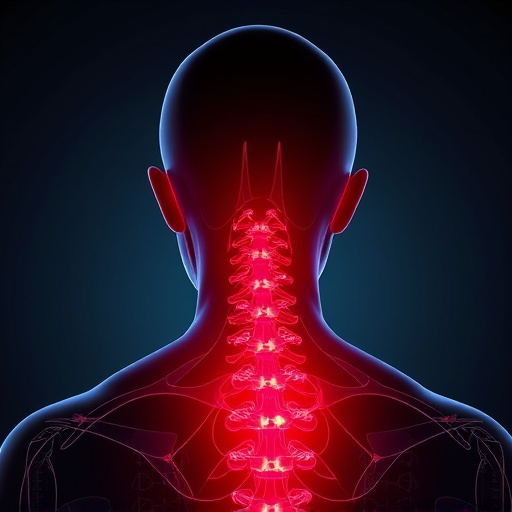
Many people suffering from severe, chronic neck and back pain find relief through advanced medical interventions. Injections and procedures offer targeted treatments for specific conditions, providing much-needed respite. For example, epidural steroid injections can reduce inflammation around the spinal nerves, offering significant pain relief for conditions like herniated discs or arthritis in the spine.
These medical techniques are often considered when conservative treatments like physical therapy and medication haven’t provided adequate neck and back pain relief. Procedures such as spinal cord stimulation and nerve blocks target specific areas of pain, offering a more precise approach to managing chronic pain. Such interventions can greatly improve quality of life for those struggling with debilitating neck or back pain.
The Role of Physical Therapy in Pain Relief
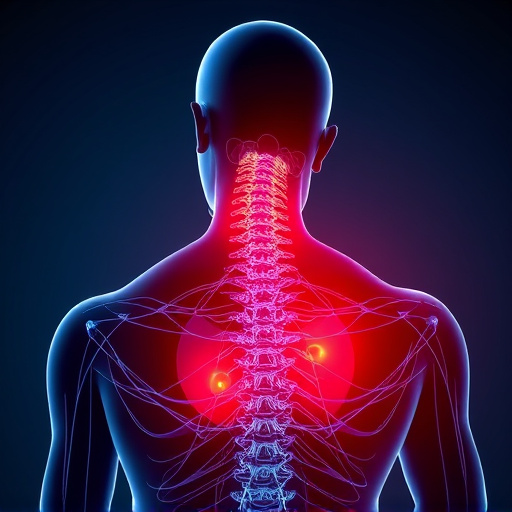
Physical therapy plays a crucial role in managing and providing relief from severe neck and back pain, offering a non-invasive approach to enhancing mobility and reducing discomfort. Skilled therapists employ various techniques tailored to individual needs, focusing on improving posture, strengthening supporting muscles, and increasing flexibility.
Through specialized exercises and manual therapy, physical therapy can effectively target specific pain triggers in the neck and back regions. These sessions not only help patients manage acute pain but also offer long-term strategies for prevention and improved overall well-being. By addressing underlying issues and promoting self-care practices, physical therapy contributes to a holistic approach to pain management, enabling individuals to regain control over their comfort levels.
Mind-Body Techniques: A Holistic Approach to Healing
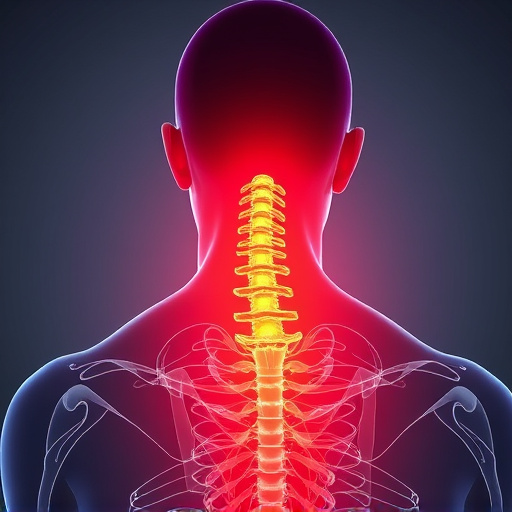
In the pursuit of effective pain management, particularly for chronic conditions like neck and back pain, mind-body techniques offer a holistic approach that’s gaining recognition. These practices tap into the deep connection between mental and physical health, recognizing that relaxation and stress reduction can significantly impact pain perception. Techniques such as mindfulness meditation, yoga, and progressive muscle relaxation encourage individuals to focus on the present moment, quieting the anxious mind that often exacerbates discomfort.
By integrating these methods into their routines, patients can learn to disengage from the cycle of pain-stress-pain, fostering a sense of calm that promotes healing. This approach not only provides much-needed relief from neck and back pain but also empowers individuals with tools to manage their well-being on a deeper level, enhancing their overall quality of life.
Lifestyle Modifications for Long-Term Neck and Back Pain Relief
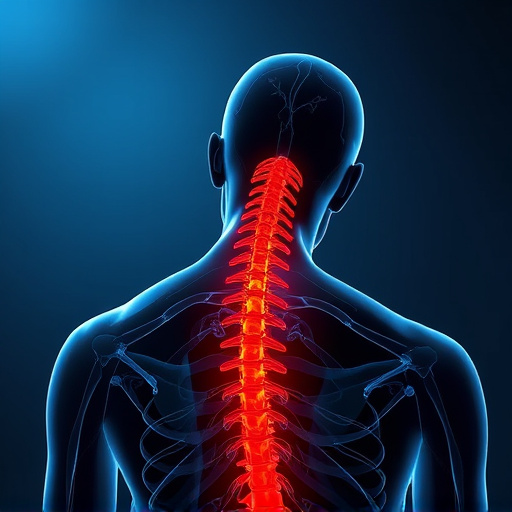
For long-term neck and back pain relief, lifestyle modifications are a powerful tool often overlooked. Adopting a holistic approach can significantly reduce chronic pain and improve overall well-being. Simple changes like maintaining good posture while sitting or standing, practicing regular stretching exercises tailored to the neck and back, and adopting a balanced diet rich in nutrients essential for joint health can make a notable difference.
Additionally, stress management techniques such as mindfulness meditation, yoga, and deep breathing exercises have been shown to effectively alleviate muscle tension and pain. Adequate sleep is another crucial factor; aiming for 7-9 hours of quality rest each night allows the body to repair and rejuvenate, contributing to better neck and back pain relief over time.

